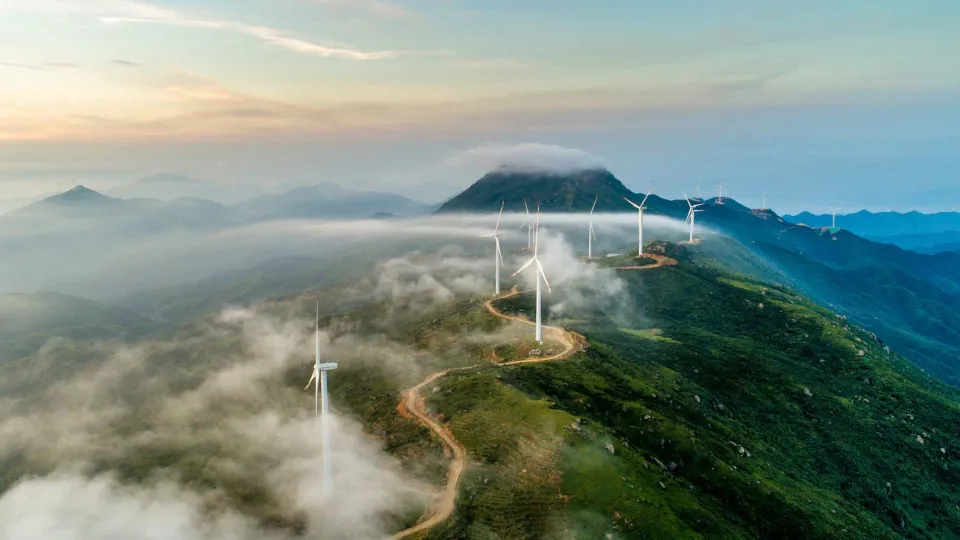
In its annual report on renewable energy published today, the International Energy Agency (IEA) deemed the COP28 United Nations Climate Change Conference’s 2023 goal to triple global renewable capacity by 2030 as out of reach.
The agency revised its projections for the United States down by nearly 50% compared to 2024, citing policy changes, particularly legislation adopted in July under the administration of Donald Trump.
This resulted in the early elimination of tax incentives, import restrictions, and the suspension and reduction of licenses for onshore wind and solar photovoltaic projects on federal lands.
A total of almost 250 gigawatts (GW) of renewable electricity capacity is expected to be added in the United States between 2025 and 2030. Trump’s new regulations will have a gradual effect, with new installations peaking in 2027, declining in 2028, and remaining stable until 2030.
The study’s authors also lowered their expectations for China by 5% compared to the previous year, as Beijing’s government announced in 2024 the replacement of the fixed price guarantee system for renewable electricity with a market-based auction mechanism.
Nevertheless, China will increase its capacity by nearly 2,660 GW over the next five years, continuing to lead globally, with more than half of the total.
Europe as a whole will contribute approximately 630 GW between 2025 and 2030, representing a 67% increase in capacity, reaching 1,612 GW by the start of the next decade. Nearly three-quarters of this capacity will come from eight countries: Germany, the United Kingdom, Spain, Turkey, Italy, France, Poland, and the Netherlands.
The agency also forecasts that around 80% of new renewable energy in the next five years will correspond to solar photovoltaic plants, due to falling panel costs and shorter licensing periods.
Conversely, the growth prospects for offshore wind energy are now much more modest than just a year ago (-25%) due to changes in key markets, supply chain bottlenecks, and rising project costs.
The report’s authors cautioned that the extreme concentration of key segments of renewable energy production in China (over 90%) will continue and emphasized that the rapid development of variable production sources is putting strong pressure on electrical systems, making investments in grids, electricity storage, and flexible generation more urgent.




